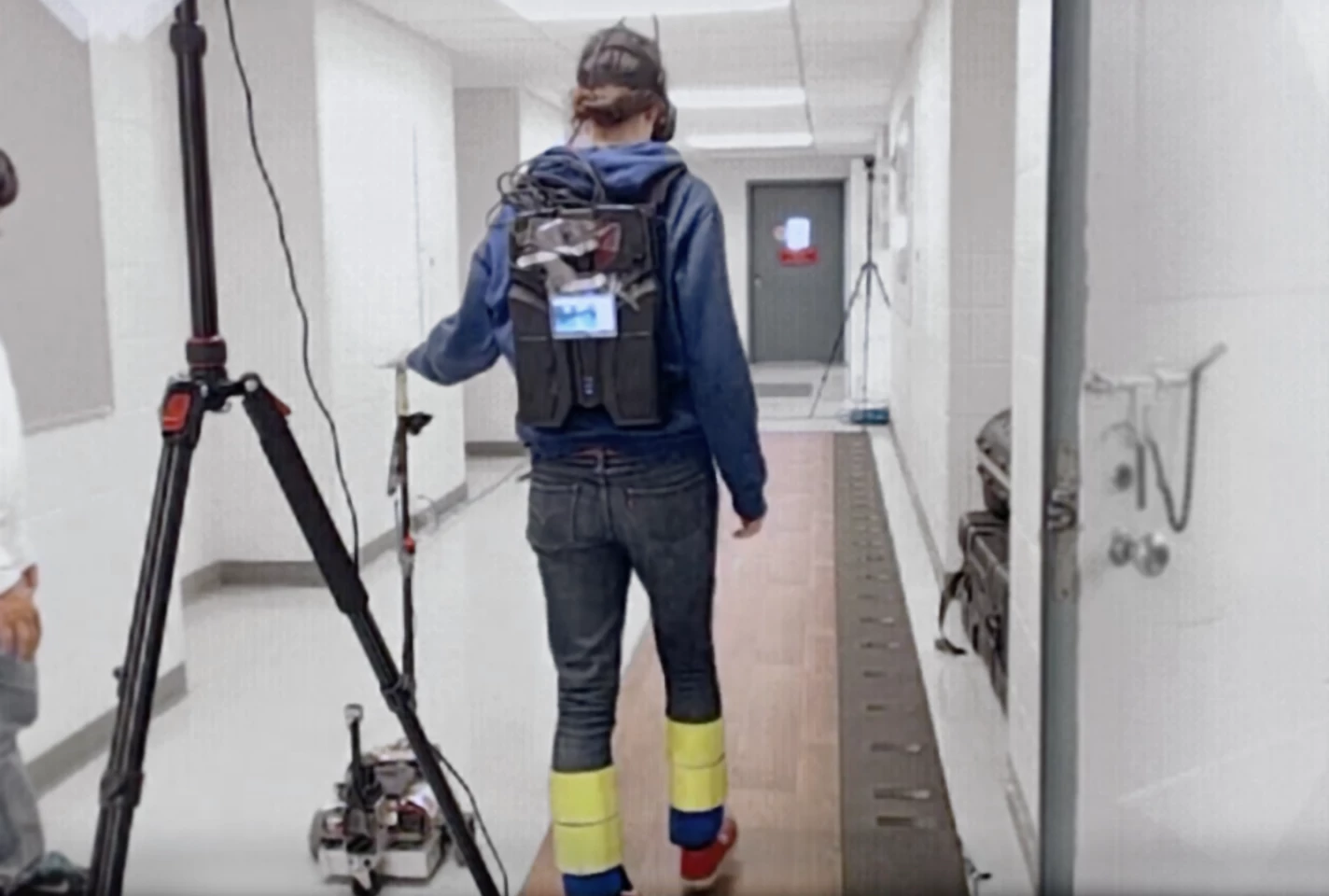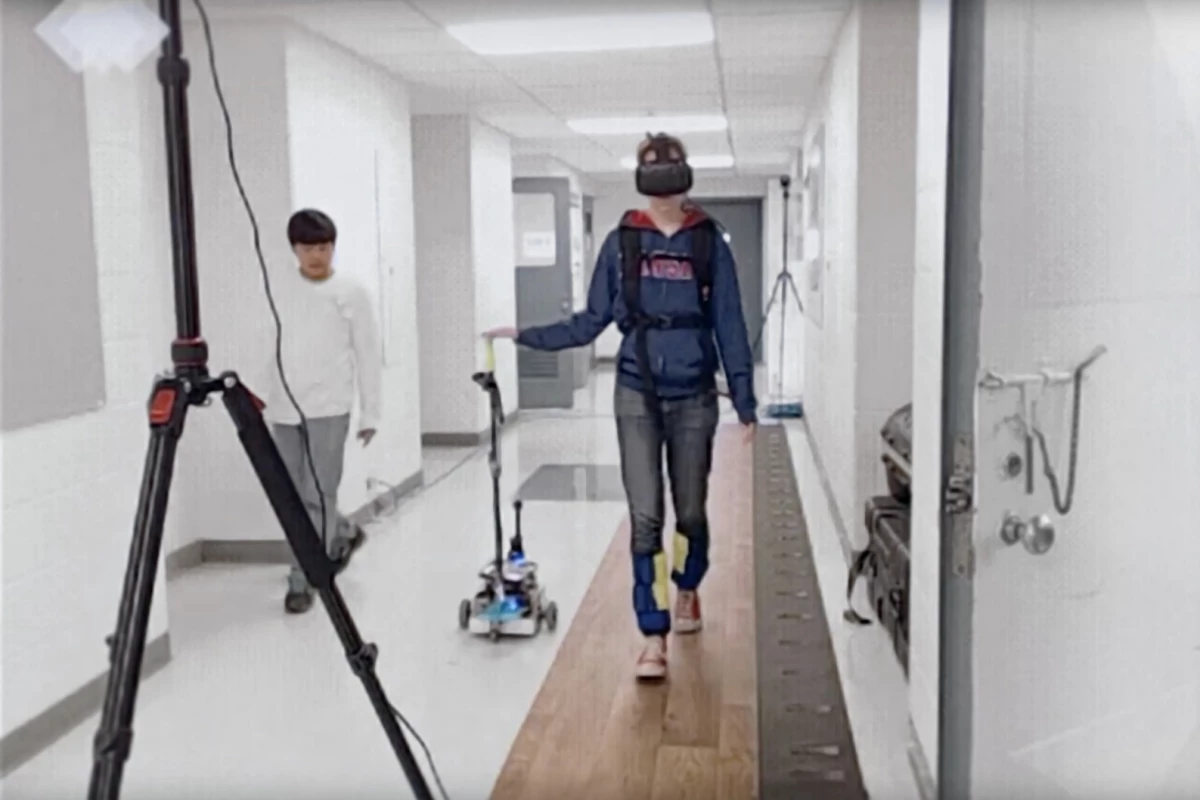Taking inspiration from the traditional cane, a team of researchers from Columbia Engineering in New York has come up with a LiDAR-enabled robotic assistant which offers light-touch support for the mobility-impaired. Dubbed Canine, the device improves the user's spacial self-awareness, which subsequently improves walking stability.
According to the team, some 35 percent of people aged 75 to 80 years suffer some form of mobility impairment (compared to four percent of people aged 18 to 49), and this number is only going to increase. Currently, the ratio of young to old is around seven or eight to one, but this is expected to reduce to around five to one by 2050. Hence the need for better, smarter assistive technology.
Smart canes have been developed before, but most tend to be about improving environmental sensors for sight-impaired users, or measuring the physical recovery of patients based on how much pressure they apply as they walk with the cane. And while the cane may be an obvious metaphor for this device, in fact, it's more like the friendly, sturdy hand of a human assistant, gently helping someone who, while mobile, might not be particularly stable on their feet.

The offer of a gentle hand with a light, guiding touch is precisely what the Canine robot promises. The device is made up of a mobile robotic base, which tracks the user using LiDAR as it rolls alongside, and a robotic cane which senses and responds to both the user and the information from the base unit, giving subtle feedback through the handle.
To train the device, the test subjects – 12 healthy young volunteers – walked along a mat kitted out with sensors, while they wore a virtual reality headset which fed them mediolateral visual perturbations, (messed with their perception of their environment) and subsequently interfered with their gait. The test subjects walked the course with and without the Canine device, and the data gathered showed their gait stability improved significantly when they had the light-touch assistance of the robotic cane.
"The next phase in our research will be to test this device on elderly individuals and those with balance and gait deficits to study how the robotic cane can improve their gait," says Professor Sunil Agrawal, director of the Robotics and Rehabilitation Laboratory, who led the research team. "In addition, we will conduct new experiments with healthy individuals, where we will perturb their head-neck motion in addition to their vision to simulate vestibular deficits in people."
Agrawal and his colleagues are hopeful that the technology behind the Canine robot could one day offer a reasonably inexpensive solution to a much needed – and growing – gap in care.
A paper on the project is available to read at IEEE Robotics and Automation Letters and a short video demonstration of the test process can be seen below.
Source: Columbia Engineering





